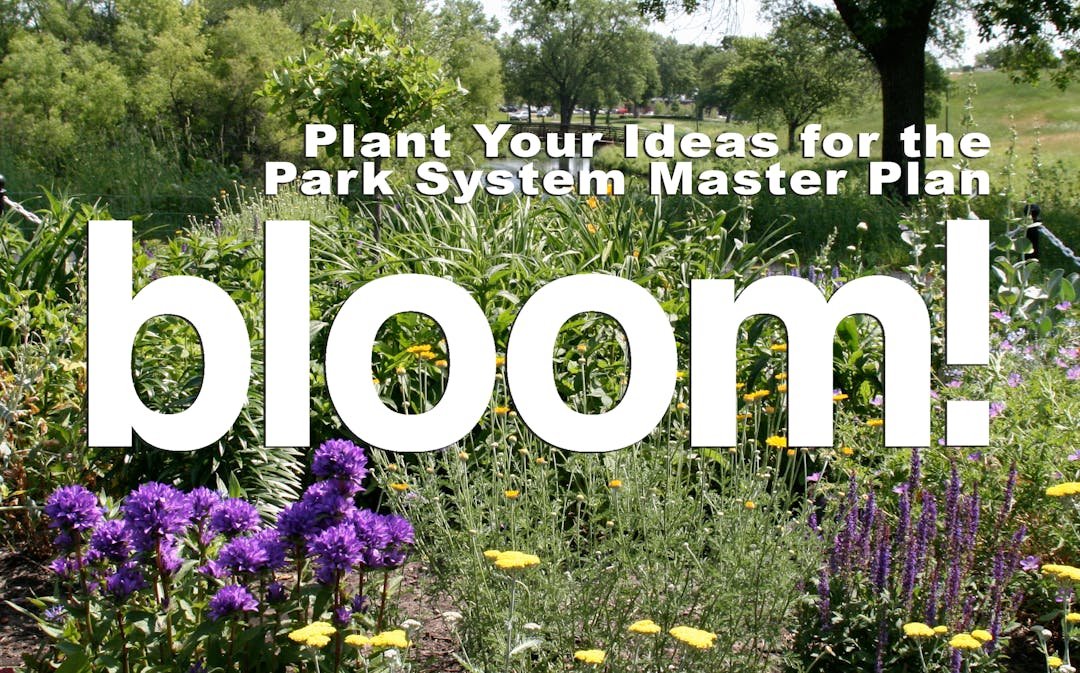Park System Master Plan

What is the Park System Master Plan?
The Park System Master Plan (PSMP) is a road map for planning and completing park improvements and guiding capital investments to ensure the park system serves the needs of the community today and in the future. The PSMP process incorporates:
- Local and national park and recreation trends
- Community demographics
- Facility needs
- Current and future programming needs
- Maintenance
- Long term sustainability
- Equity and inclusion
- Information gathered from the community
The extensive community engagement process between November 2019 and June 2021, which included a statistically valid survey, stakeholder interviews, listening sessions, conversations with residents and staff, and online interactive engagement via project bloom! and the City’s Let’s Talk Bloomington site, has shaped the final Plan. Through studies and analysis we learned the following:
- Our parks are substantially similar
- Our parks have outdated amenities
- Our parks do not match current resident demographics and recreation needs
- New facilities and amenities are needed for current residents and to attract new residents.
In the end, the Park System Master Plan is the foundation for future decision-making, program planning, budgeting and park system investments.
What's in the Plan?
Through the process outlined above, we learned a lot about what our parks have been, what they currently are, what we need them to be, and how to achieve the desired outcome. The Plan, which was adopted by the Bloomington City Council on August 30, 2021, includes four primary sections plus several appendices. Click below to view each one and learn more about the new Bloomington Park System Master Plan.
- Cover and Contents
- Our City + Our Parks: Vision, Mission, Guiding Principles
- The Parks Bloomington Has: History, Needs
- The Parks Bloomington Needs: Engagement Summary, Local and Regional Trends
- How We Get There: Capital Improvement Plan (CIP) Approach, Action Plan
- Appendix A: List of Figures
- Appendix B: Community Engagement
- Appendix C: Assessment and Analysis Study










